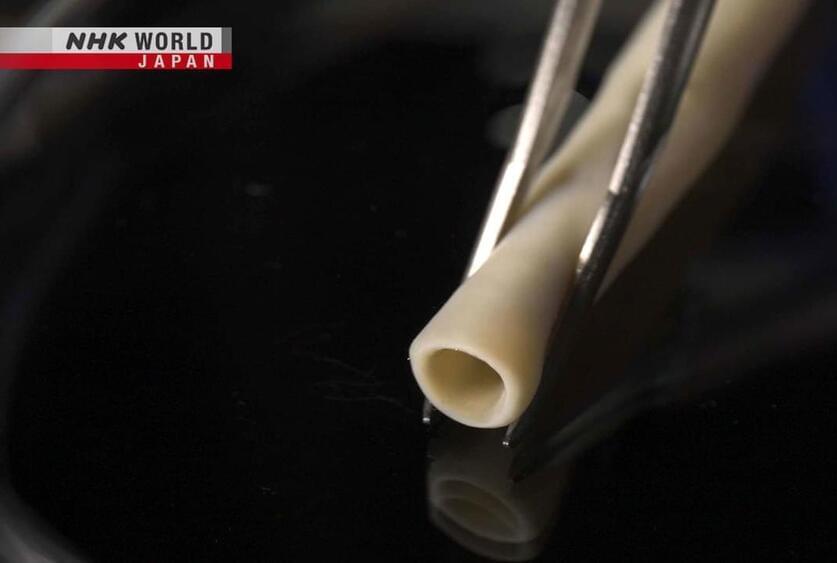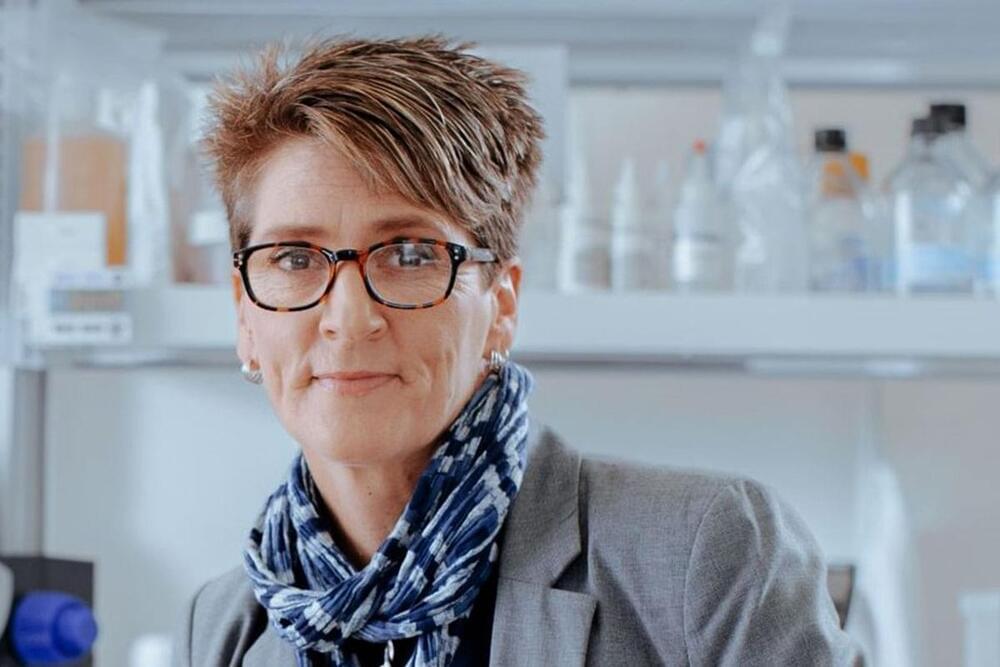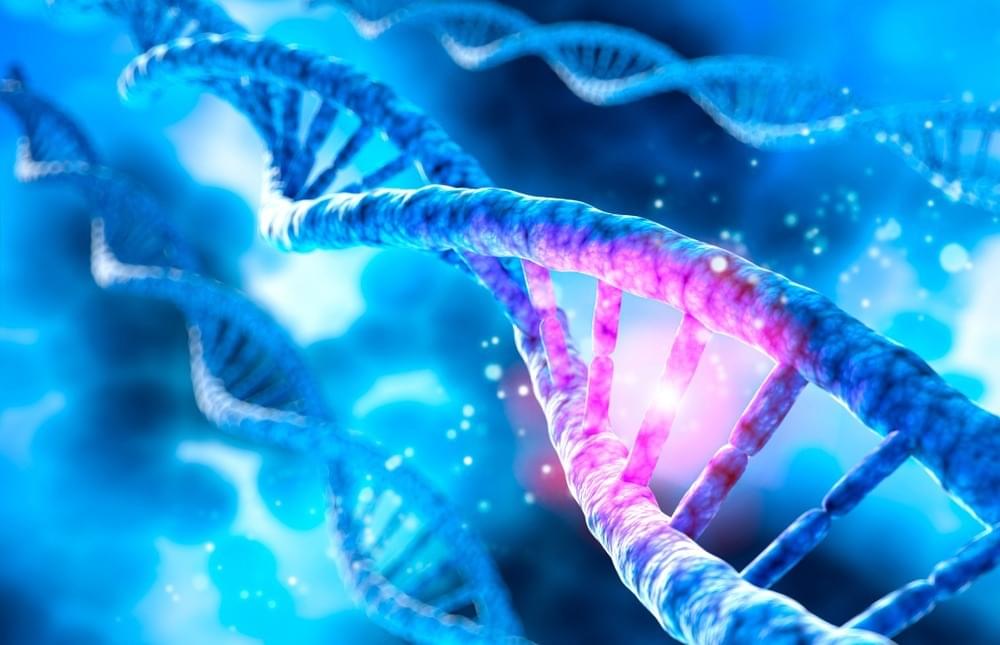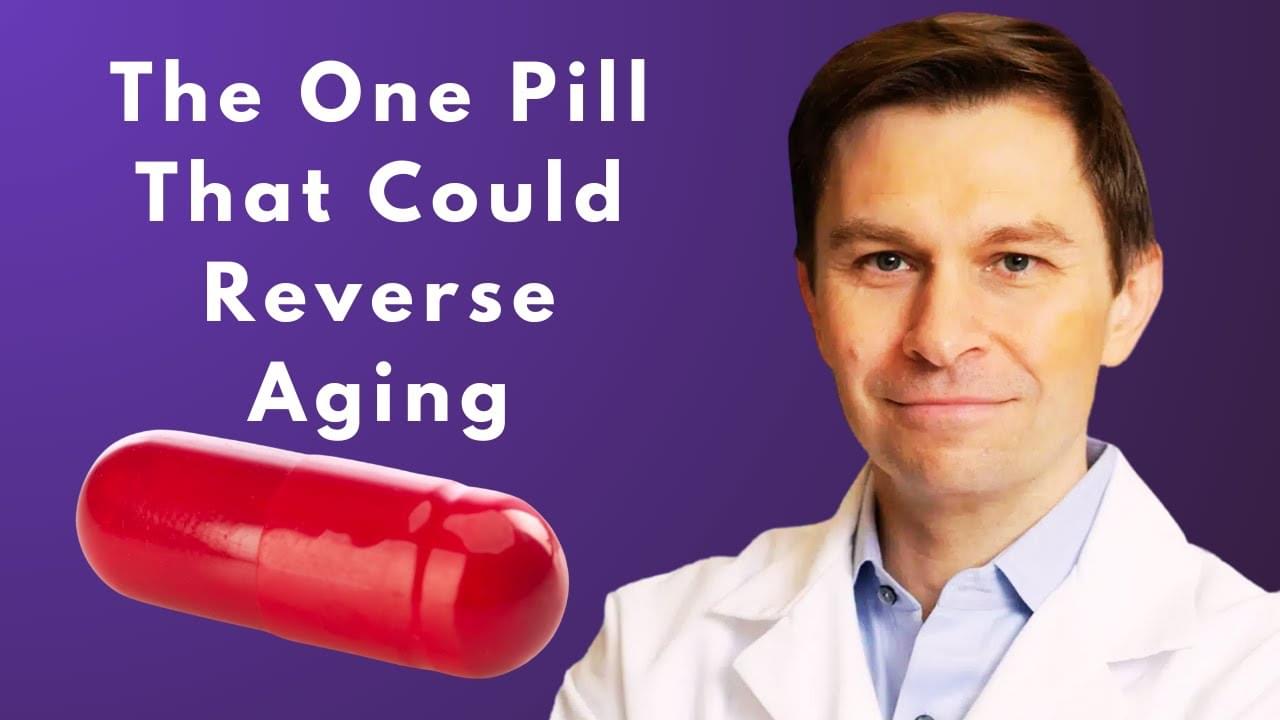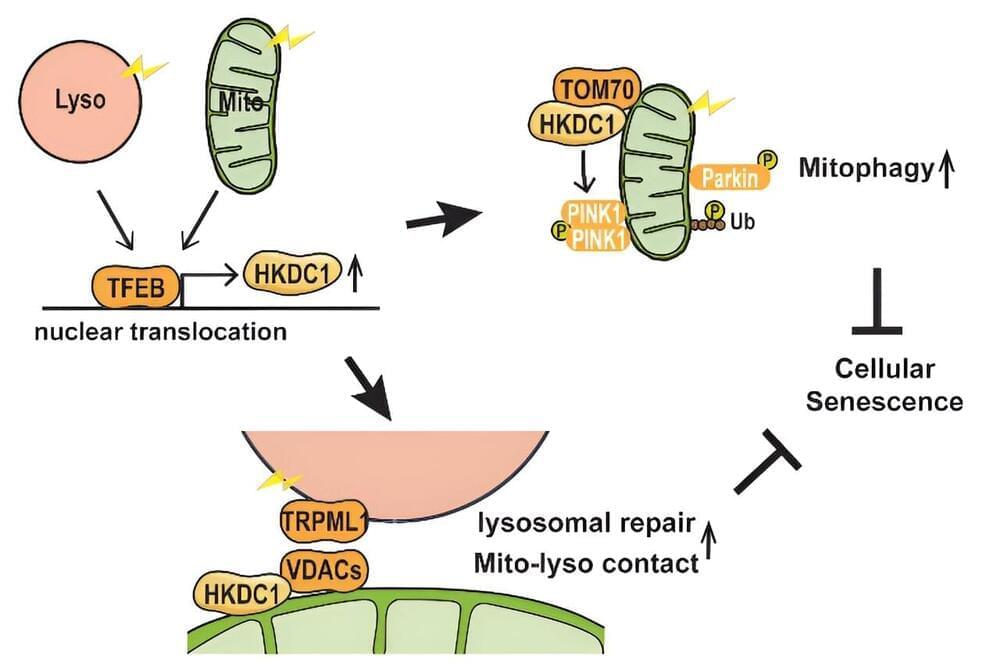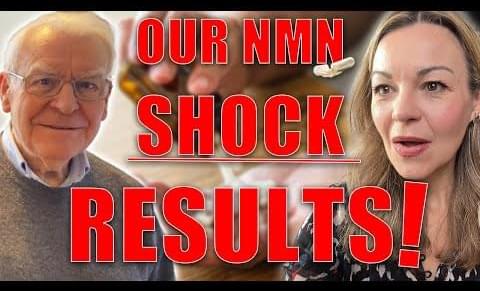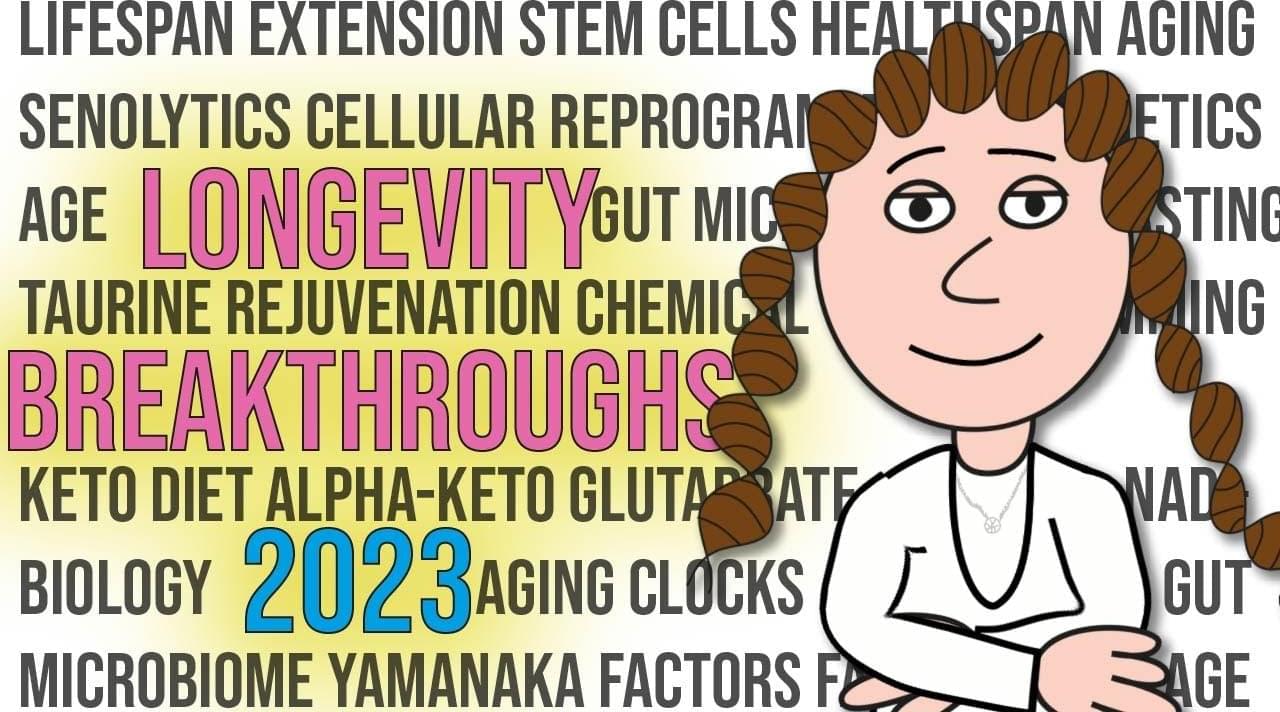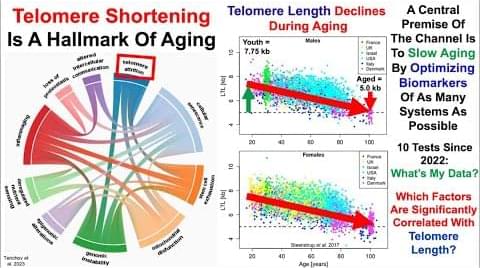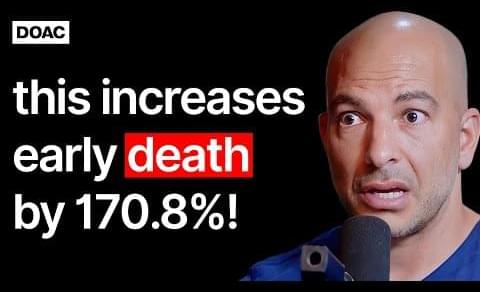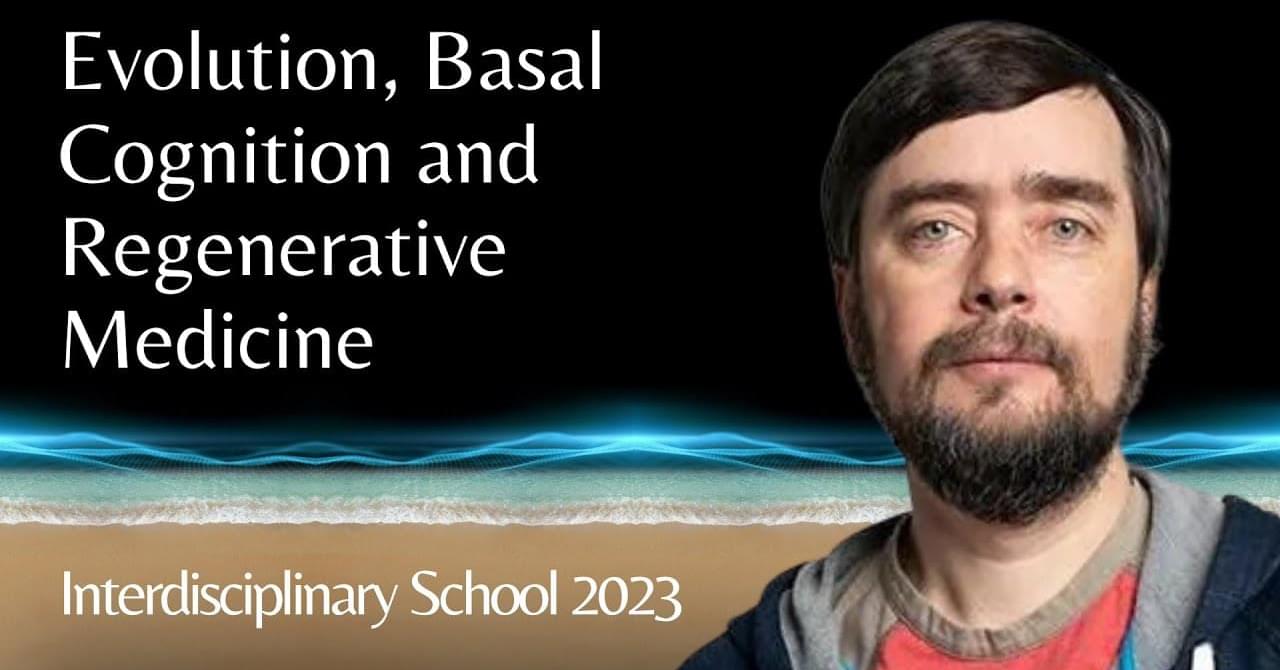😀 They say we could even regenerate human limbs this way aswell as repair human blood vessels.
Cell tubes, made entirely from a patient’s own cells, are just as elastic as blood vessels but much stronger. Skin cells cultured into lumps are skewered on needles on a base, similar to a Kenzan, a tool used in Japanese flower arrangements, and formed into a tube. The technique, called the Kenzan Method, was made possible by a 3D bioprinter. A clinical trial is underway in Japan to transplant these tubes into humans in place of blood vessels. Studies are being done to apply them to nerves and organs.
